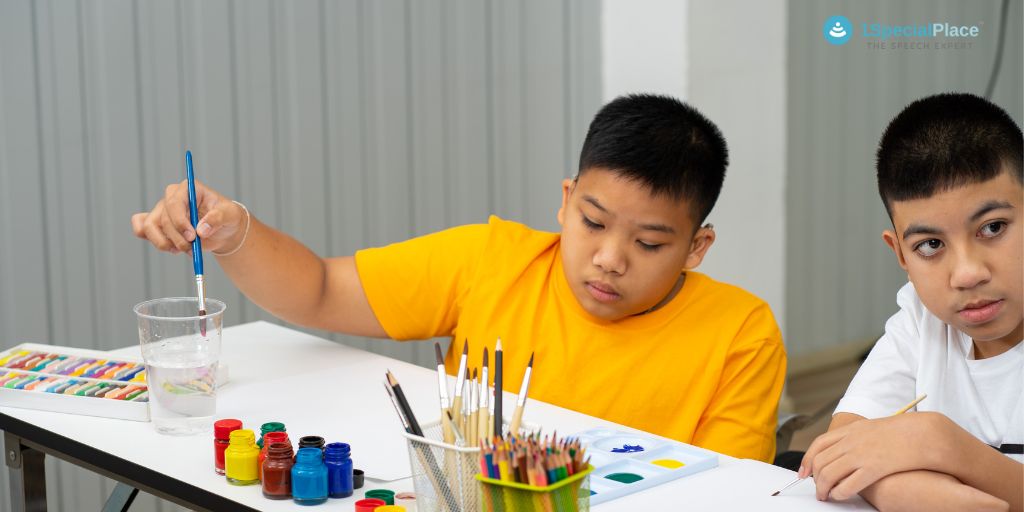
AAC for Children with Autism
AAC for Children with Autism
One of the major struggles faced by children with autism is their inability to effectively communicate with others.
While some kids with autism can produce speech, they may not always be able to use these utterances meaningfully to communicate with others. Whereas, some others could be completely ‘non-verbal’ and might not be able to produce speech at all. Although speech is the most commonly used mode of communication among humans, we need to understand that it is just one among the multiple communication modalities.
Augmentative and Alternative Communication (AAC) involves a range of tools and techniques that are used to enhance communication. These include unaided communication modes such as eye contact, facial expression, body language, gesture, and signing, and aided communication systems which can be either low-tech (e.g. objects of reference, photo or symbol communication boards and books), or high-tech (e.g. Voice Output Communication Aids/ speech generating devices). It has been successfully integrated with the communication rehabilitation for children with autism since the 1980s.
The most important rationale behind devising AAC is that it supports speech development in individuals with autism. Another reason relates to the fact that many children with Autism are unable to use their speaking skills in a meaningful or functional way and using AAC thus enables them to develop improved communication skills regardless of poor oral language.
AAC in childrens
AAC has also been found to be effective in reducing problem behaviours in children with autism. When a child with autism finds it difficult to convey his needs and feelings through speech. It may create frustration in him which then gets exhibited as a meltdown or a tantrum.
AAC through its wide variety of options allows children with autism to express their feelings, wants, and thoughts in a mode that could be easily understood by others.
AAC caters to the specific needs of each child and provides a range of options to choose from, based on the skills they possess. The majority of children with autism are visual learners as they process visual information better than auditory information and AAC allows them to communicate through the use of visuals, such as in PECS, communication board, VOCA, etc.
What activities do I use to model AAC to my child?
Use everyday opportunities to model AAC. You don’t need to create special games or activities all the time. Use everyday activities like having breakfast, playing with a ball etc. Use these opportunities to model the AAC. Choose the words that you will be modelling. So for example, when you play with the ball, you can model the word “ball” while playing with the ball. You can talk about the colour, size of the ball while modelling the word “ball” every time you say it.
Listed here are some of the AAC systems used extensively in promoting communication among children with autism.
-
Sign systems and Sign languages:
This includes a system of communication using gestures and signs. It can be done manually or can be depicted visually in the printed form. This can be used along with spoken language. Hence it adds a visual component to language for children with autism who are often visual learners and makes the language easier to comprehend. E.g. Makaton signs, Indian Sign Language, American Sign Language, etc. This may not be effective in children with severe autism who face difficulty imitating body/hand movements.
-
Communication Boards and Books:
These boards and books use symbols or pictures to facilitate communication. Children communicate by pointing and gesturing or gazing at the various symbols and pictures on the board. Based on the type of symbols used, communication boards are further classified as Picture Boards, Word/Phrase Board, and Sentence Board.
-
The Picture Exchange Communication System (PECS):
It is one training approach that has been used successfully to promote communication through pictures/symbols in children with autism (Bondy& Frost, 1993). It consists of a binder with Velcro strips attached and has icons, or picture cards, that are stored in the binder. The child hands a picture or a strip of pictures to a communication partner, to make a request, comment, answer a question, or to otherwise engage in conversation.
Read a detailed blog on early signs of autism
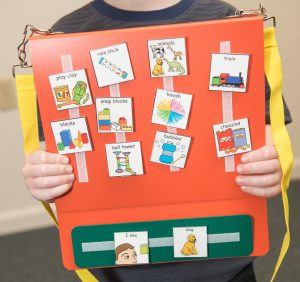 Training a child to use PECS involves a total of 6 phases. While in Phase 1, the child learns to independently pick up a picture card and hand it to a communicative partner near him in exchange for a preferred item, food, or activity, he further moves through the next phases eventually to phase 6, where he is taught to answer questions regarding what he wants, what he sees and to comment on his surrounding in phrases/sentences.
Training a child to use PECS involves a total of 6 phases. While in Phase 1, the child learns to independently pick up a picture card and hand it to a communicative partner near him in exchange for a preferred item, food, or activity, he further moves through the next phases eventually to phase 6, where he is taught to answer questions regarding what he wants, what he sees and to comment on his surrounding in phrases/sentences.
20 must know terms related to autism.
-
Voice-Output Communication Aids (VOCAs):
These are electronic devices and range in sophistication from single buttons with pre-recorded voice messages to small computers that allow the user and caregivers to program and add vocabulary. They provide speech output and offer a consistent verbal model, thus allowing children with ASD to associate the spoken word with concrete concepts.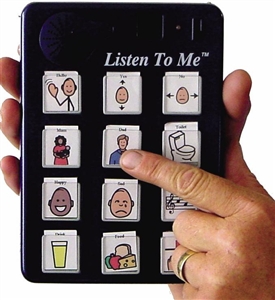
There are numerous applications developed to aid communication in children with autism. These apps provide symbols, pictures, words, and even allow you to record a voice and use it for communication. They come with a variety of features such as word prediction, a wide choice of vocabulary, opportunity to add or change voices, symbols, and vocabulary level according to the user’s requirements, and the convenience to customize according to the client’s needs. These apps are available in many different languages. Few examples include Avaz, Proloquo2Go, Jellow, etc.
What words do I start modelling using the AAC?
There are two main categories of words that you can model using your AAC. Core words are those words that comprise the majority of our vocabulary. These include our verbs, prepositions, adjectives etc. So they compromise almost 75-80% of the vocabulary that we use. Some examples include: sop, go, here, more, on, you etc. Core words are used in various settings and contexts. That is why we focus on using core words while modelling AAC. The other types of words are Fringe words. These are mostly nouns and are not used in different settings. Some examples include milk, chocolate, table, phone etc.
Online Speech Language Therapy
It is interesting to realize how we all communicate in many different ways in our day to day lives. We may talk, show gestures, vary facial expressions, and write emails to each other. Similarly, a child with autism can also use a multimodal approach using AAC by combining the use of unaided and aided communication systems and both low and high-tech setups to communicate effectively.
- AAC for Children with Autism - December 22, 2022
- Tools for Speech Impediments - November 25, 2022
- Voice TipsFor Teachers During Online Teaching - October 4, 2022

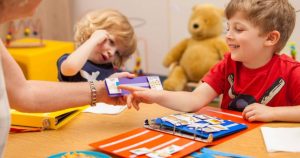
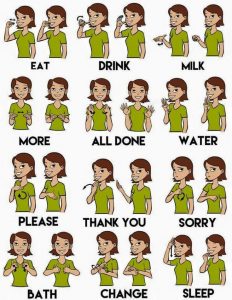

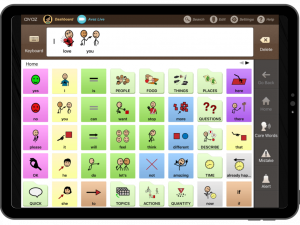
Leave a Comment
(4 Comments)
Very coherently written!
Very informative article.
So informative, thank you!
Interesting ! It would be great if you could connect with AVAS . Its an assistive tech platform
Categories
Recent Posts